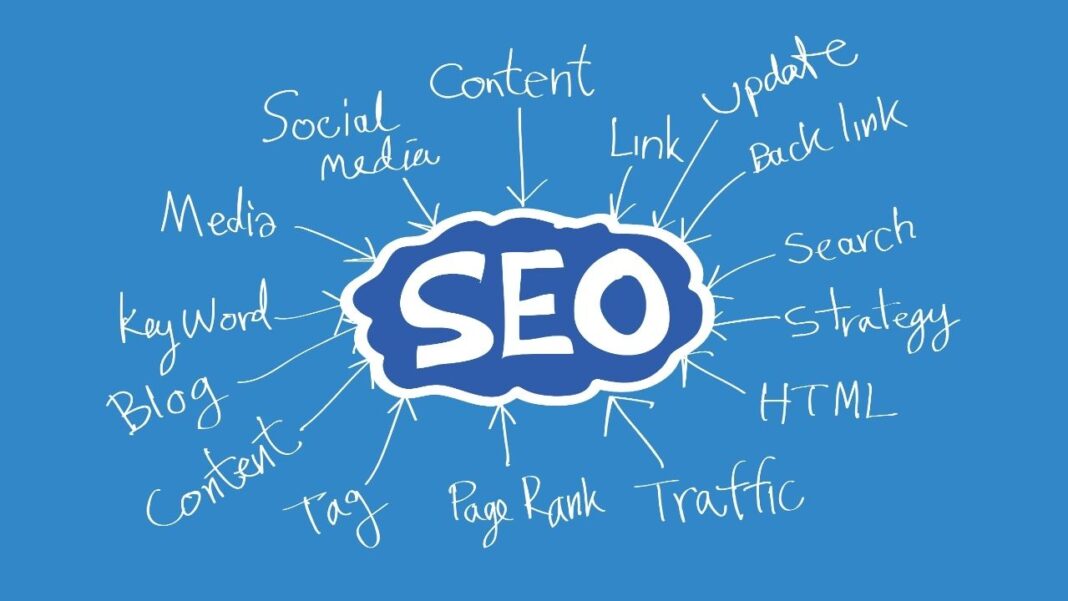Technical SEO is the process of optimizing and identifying any errors on your website in order to assist search engines such as Google, Yahoo, and Bing in locating and understanding your content.
What is Technical Search Engine Optimization (SEO)?
Technical SEO can refer to any or all SEO efforts, with the exception of content improvement and link building, that are performed on a website. Simply said, it applies to the program that comes after it and needs to increase creep. These requirements are always changing. Furthermore, search engines have become more sophisticated in order to be more cautious.
Which is becoming increasingly developed on a daily basis. As a result, we shall refer to technical SEO as being in a perpetually paid condition. It is necessary to increase the number of technical SEOs on hand to meet demand.
It delivers backlinks to your material as well as the most favorable promotional environment. You’ll be able to shine in program results without any obstruction if you follow these guidelines.
Listing of SEO Checks on a Technical Level
A website’s search results are given precedence by search engines when they are shown on an internet site. Technical choices such as a secure connection, a responsive design, and a speedy loading time are displayed. Technical SEO is an important component of search engine optimization. As a result, make sure it’s on your website.
You’ll learn about the main measures you’ll need to take to ensure that your technical SEO is scraped in the section below. These guidelines will assist you in meeting the security and structure requirements of search engines while also improving the overall performance of your website.
1. Make use of SSL.
SSL-Secure Socket Layer(SSL) is a technology that can provide protection. It is responsible for converting the link between an online browser and a web server. You’ll be able to identify a website that is primarily exploiting SSL quite easily. Previously, a website address began with “HTTP,” but now it begins with “https.”
In 2014, Google stated that it would be required to check HTTPS everywhere. In search results, those websites that are protected by HTTPS will be given precedence over those that are not.
As a result, you should make every effort to ensure that your website is safe, whenever possible. It is necessary to protect the website using an SSL certificate. Despite the fact that SSL is now included by default in the majority of the most popular website builders.
2. Verify that your website is compatible with mobile devices.
Responsive web site style is one that automatically changes to the user’s screen size. It may be surfed and browsed with ease on virtually any device. Google’s algorithm now takes into account the importance of having a responsive website when determining a website’s rating.
In addition, the content is being assembled as part of Google’s ‘Mobile First’ selection. A mobile-friendly website is now more important than it has ever been before. As a result, it is wise to make it clear that your website is responsive. It is possible that it will display in the most appropriate layout for desktop, tablet, and mobile users.
3. Make your website load faster.
Page speed is an important factor in determining a website’s ranking signals. There are a variety of approaches you may take to speed up your website’s loading time.
- Reduce the number of ‘HTTP Requests’ – Reduce the number of scripts and plug-ins that are used.
- Make use of high-speed hosting.
- Make use of a high-speed DNS provider.
- Instead of utilizing numerous CSS stylesheets or inline CSS, a CSS stylesheet should be utilized (code accustomed tell an internet site browser a way to show your website)
- Make certain that your image files are as small as possible (not too pixelated)
- Reduce the size of your sites (this is done employing a tool referred to as GZIP)
- Remove unneeded areas, line breaks, and indentations from your website code by using a markup language, CSS, and JavaScript to minify your website code.
4. Remove duplicate content from your website.
Users find it perplexing when there is duplicate content (and so program algorithms). Moreover, it can be used to improve search engine rankings or to attract more website visitors.
As a result, search engines aren’t interested in finding out more about it either. The search engines Bing and Google encourage webmasters to check for any issues relating to content copying. You’ll be able to correct the same content issues using the following tools:
Preventing your content management system (CMS) from publishing numerous copies of a page or post. For example, inactive session IDs should be avoided whenever they are not critical to the operation of your website. Canonical link components are used to help search engines distinguish between different versions of your material, regardless of where they are found.
5. Create a sitemap for your website in XML format.
An XML sitemap is a file that allows you to better understand your website when it is crawled by search engines. If you were to think of it as a different, more reasonable search roadmap, that would be fine. Search engines can tell you exactly where each and every page is located.
It contains important information on each and every page on your website. Your XML website is created in BigCommerce by a mechanical process. If you are using another platform, you will be able to develop a sitemap generator to use with your website.
6. AMP sanctions should be considered.
AMP could be a Google-backed effort that aims to improve the speed with which content is delivered on mobile devices. This is accomplished through the use of a proprietary code known as AMP markup language.
Quickly and intelligently load your website on a mobile device using the AMP version. Despite your best efforts to keep text, images, and videos intact, your content and programming accomplishes just that, down to the blank bones. Scripts, comments, and forms, on the other hand, can be disabled.
This is due to the fact that they will load faster, scan the pages, provide an additional AMP version if possible, and be applicable to your users as well. Rising the amount of time spent on your content and the number of backlinks you receive notifies your audience that your content is valuable from an increasing SEO standpoint technical SEO.
On top of that, Google often prioritizes AMP pages in search results that are displayed in distinctive ways. Providing you with a slew of crucial searches is our specialty.
7. Incorporate structured knowledge markup into your website design.
Structural knowledge markup is the code that you use to improve the appearance of your website. It aids in the better perception of its information by search engines. This expertise allows search engines to index your website more effectively and provide more relevant results as a result of your knowledge. Knowledge of the structure.
The addition of ‘rich snippets’ to search results is made possible by structural knowledge. For example, you’ll be able to leverage structured knowledge to include star ratings and product worth reviews on your website.
Because they provide searchers with additional attention-grabbing and immediately useful information, these improved results will increase your click-through rate (CTR). Increase the amount of traffic that comes to your website.
Due to the fact that places with greater CTR options are typically considered to be the preferred treatment in search engines, this is often the case. It is worthwhile to make an attempt to incorporate organized knowledge into your website.
8. Make use of Search Engine Webmaster Tools.
Webmaster Tools from Bing and Google Search Console Tools from Google Bing and Google are providing free tools. It allows you to provide websites to the search engine for repositories, which in turn allows them to find them. After you have completed the development of your website, you should submit your XML sitemap to Google Search Console and Webmaster Tools for review.
So that they may crawl your new website and begin showing it in search results to people who are seeking for it through technical SEO techniques.
These services give you the ability to monitor the overall operation of your website from any program that you want. Other items you include, such as tools, have the following characteristics:
- Check the usability of your website on mobile devices.
- Obtaining access to search analysis.
- Backlinks to your website are being examined.
- Refuse to accept spammy links.
- There are a slew of others.
Epilog
Technical SEO is a topic that might go on forever. It covers a wide range of subjects linked with the weather conditions required to optimize search engines in accordance with mandatory requirements.
Our trend currently is that we cannot come to any conclusions; yet, we have an inclination to believe that this brief synthesis of the myriad concerns will suffice for the time being.
Author
Md. Istiqur Rahman.
SEO Professional,
Our-Articles | High DA PA Guest Posting Site




















